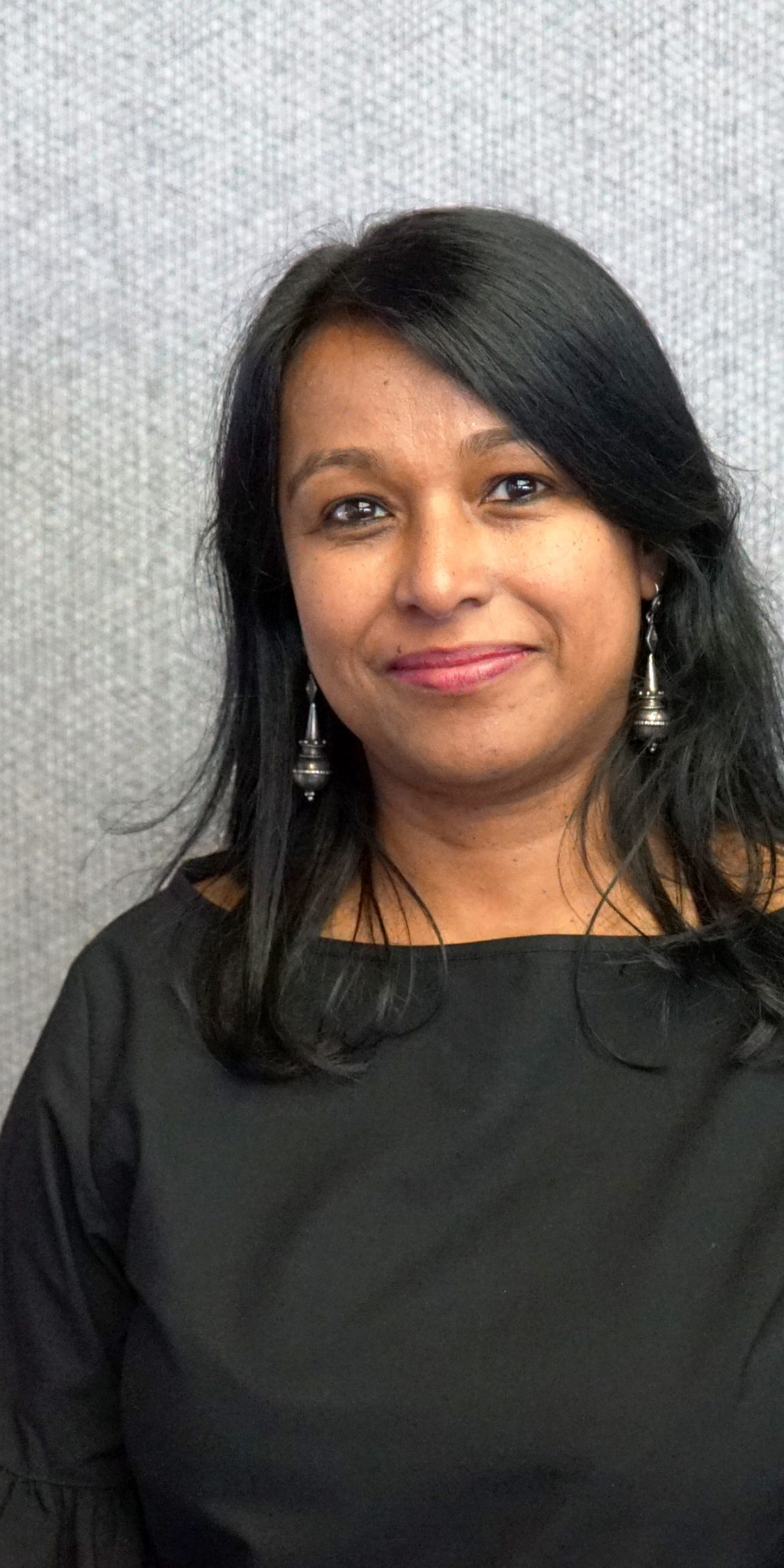Pillars
Contexts
The Contexts Pillar identifies how changes in socialisation, institutional and community practices in specific contexts can reduce VAW. This pillar examines the prevention of VAW in rural, remote, workplace and other community settings inclusive of online spaces, as well as in the context of exogenous shocks such as climate-induced natural disasters, health emergencies and conflict, with a focus on Indigenous and First Nations women, and LGBTQAI+ people.
This pillar consists of four workstreams: Community Effects of VAW, Preparedness for VAW and Exogenous Shocks, VAW in Migration and Trafficking Situations, and Harnessing of Technology for VAW Prevention.
The workstreams

Lead
Prof Sarah Wendt
Chief Investigator
Community Effects on Violence Against Women
This workstream examines sexual, domestic, and family violence primarily in homes and neighbourhoods across time, to identify how communities can become crucial actors in preventing and/or reducing VAW. The workstream focuses on religion as an example of civil society influencing communities, families, and service provision. It examines how religion and/or faith-based organisations shape understandings, training and service responses to domestic and family violence, and sexual assault. This workstream:
- understands how religion as an example of civil society or ruling apparatus of society influence understandings and responses to domestic and family violence, and sexual assault
- explores influence of religion beyond intimate /familial relationships that is inclusive of market rationality, service delivery and welfare provision
- determines how religion is being used to influence workforce development to respond to domestic and family violence and sexual assault

Lead
Prof Sara E Davies
Chief Investigator
Preparedness for Shocks and Violence Against Women
This workstream examines the impact of exogenous shocks on VAW in the context of natural and climate disasters, conflict, and other emergencies (i.e. public health, financial crises). It also examines conditions for resilience to shocks and evaluates programs designed to adapt and prevent effects of shocks. This workstream:
- identifies early warning patterns and preconditions to explain how exogenous shocks give rise to VAW before, during and after an event
- evaluates programs and policies designed to address VAW reduction during shocks
- designs best practice frameworks for VAW prevention and preparedness policy design at regional, national and community levels
- supports training in relevant sectors to build coordinated responses to reduce the risk of VAW during and after exogenous shocks

Lead
Prof Bina D’Costa
Chief Investigator
Violence Against Women in Migration and Trafficking Situations
This workstream examines VAW in asylum, migration, trafficking and slavery contexts. With our partners, we are creating a VAW community knowledge prevention network across the Indo-Pacific and globally that can translate research into policy change. We are focusing on community-level and community-led engagements on VAW and displacement across the Indo-Pacific through action research.
In collaboration with victim-survivors and partner organisations, this workstream:
- examines the relationships between communication, knowledge, networks, and sector reform to prevent and reduce VAW among forcibly displaced and trafficked/smuggled Rohingya populations in Indonesia, Malaysia, Thailand and the Philippines
- identifies key dynamics of VAW and climate-induced displacements in Fiji and Papua New Guinea
- explores how traditional social awareness programs that target VAW, early/forced marriage and trafficking, work in extreme conditions
- examines how VAW prevention is undertaken and knowledge produced in the context of climate-induced migration

Lead
Prof Asher Flynn
Chief Investigator
Harnessing of Technology for Violence Against Women Prevention
Digital technologies are changing how perpetrators commit violence. This workstream uses an anti-colonial, trauma-informed, mixed-methodology to produce key evidence on technology-facilitated GBV, including its prevention. It also explores and seeks to identify innovative approaches to justice and support seeking for those experiencing GBV through the positive use of digital technologies, including AI. This workstream:
- explores the nature, pervasiveness, harms and responses to technology-facilitated GBV victimisation and perpetration
- identifies the socio-structural drivers, motivations, characteristics, cultures and trends that can be observed in the perpetration of technology-facilitated GBV across parts of the Indo-Pacific region
- examines the potentials of technology as a form of community connection, identity, pleasure and safety enhancement
- explores and identifies innovative approaches that can harness digital technologies for improved justice and support-seeking avenues
- examines how technologies can be utilised for the prevention of GBV and/or interruption of toxic cultures (such as misogyny, racism, and homophobia)
“Shocks and crises can trigger higher levels of sexual and gender-based violence but it is not inevitable that crises must lead to violence. There are prevention and protection strategies that communities are using across the Indo-Pacific to prevent shocks from increasing sexual and gender-based violence levels. In partnership with communities at risk, we seek to share the evidence and advocate for strategies to support and scale up.”
Professor Sara E. Davies
Contexts Pillar Lead